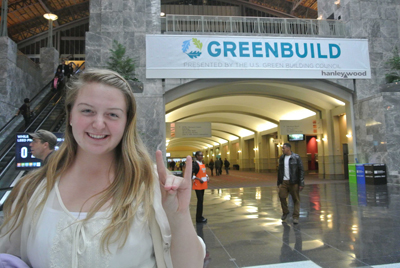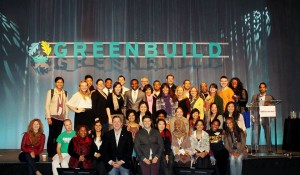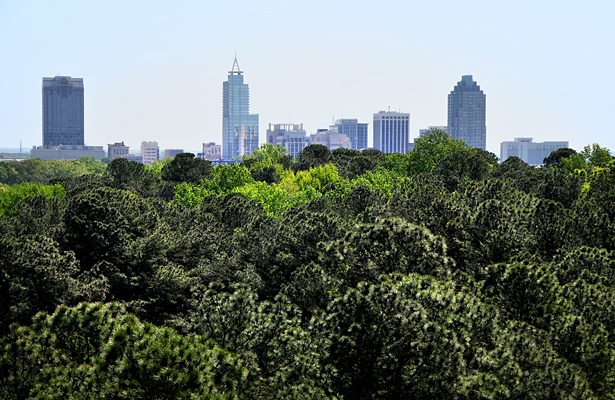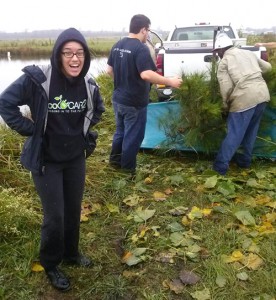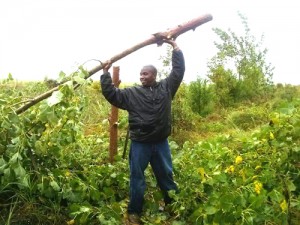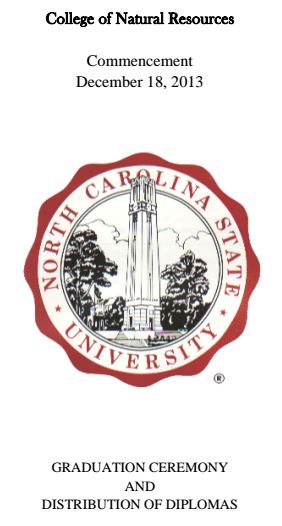 Following the university-wide commencement ceremony this morning, Dean Mary Watzin will award diplomas to 218 summer and winter graduates of the NC State University College of Natural Resources at the Jane S. McKimmon Center in Raleigh. The college will award 63 graduate degrees and 155 undergraduate degrees.
Following the university-wide commencement ceremony this morning, Dean Mary Watzin will award diplomas to 218 summer and winter graduates of the NC State University College of Natural Resources at the Jane S. McKimmon Center in Raleigh. The college will award 63 graduate degrees and 155 undergraduate degrees.
Professor of Practice Mickey Fearn will deliver the commencement address and one student from each of our 3 departments will address their fellow graduates. The student speakers are – Jensen Reece Sales (Forest Biomaterials), Gretchen Louise Stokes (Forestry & Environmental Resources), and David Sean Gamble (Parks, Recreation & Tourism Management).
A graduation gift from the NC State Natural Resources Foundation will be presented to each graduate by foundation president, Art Raymond. Departmental receptions will follow the diploma ceremony.
Congratulations to the graduates and new alumni of the College of Natural Resources and to their families. View the diploma ceremony program for a complete list of graduates>>


